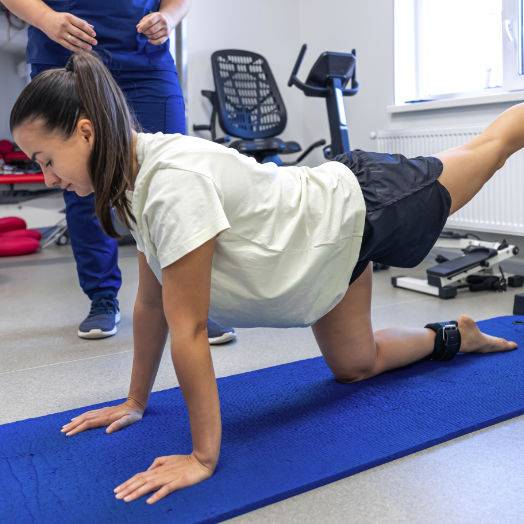



During physical therapy for hip pain, expect a combination of manual therapy, tailored exercises to improve strength and flexibility, and education on posture and movement to prevent further injury. Your physical therapist will assess your specific condition and create a personalized treatment plan aimed at reducing pain, improving function, and preventing future issues.
The duration of recovery from hip pain varies widely depending on the underlying cause, severity of the condition, and the patient's compliance with the therapy program. Some patients may see improvement in a few weeks, while others may require several months of therapy. Your physical therapist will provide an estimated timeline based on your initial evaluation and will adjust the plan as needed based on your progress.
In many cases, physical therapy can effectively treat hip pain and improve function to the point where surgery is not necessary. This is particularly true for conditions like arthritis, a labral tear, hip impingement, piriformis syndrome and more. However, the success of physical therapy in avoiding surgery depends on several factors, including the specific diagnosis, the severity of the condition, and how the individual responds to therapy. Your physical therapist will help you determine the best treatment approach for your situation.
©2026 Alinea Performance. All Rights Reserved.